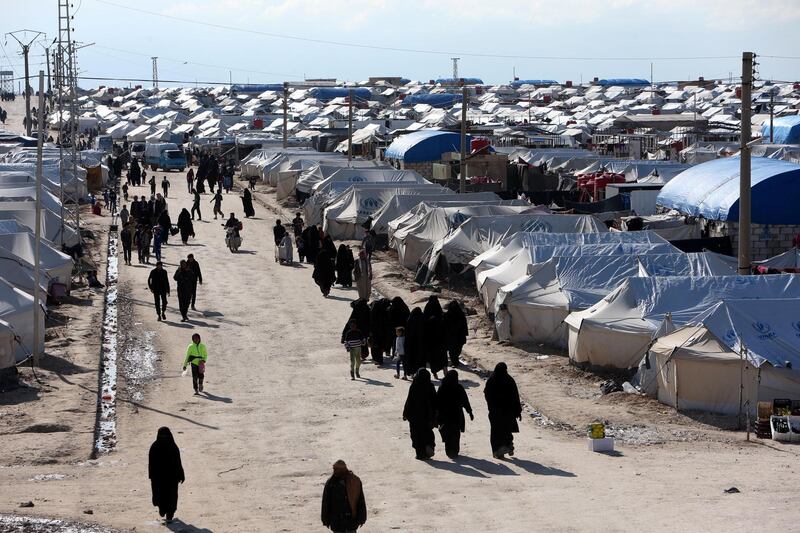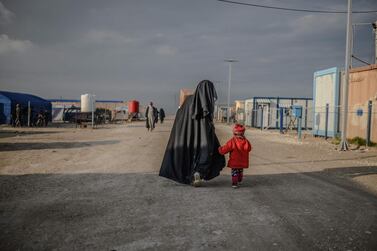A displacement and detention camp in northeast Syria has become a hot spot for radicalisation, raising fears the camp could fall into the hands of ISIS.
A Kurdish military commander claims weapons are being smuggled into the sprawling Al Hol camp by ISIS members and sympathisers.
“There is a serious risk in Al Hol,” he told the Washington Post. “Right now, our people are able to guard it. But because we lack resources, Daesh are regrouping and reorganising in the camp.”
The Al Hol camp was created in 2016 and now houses 70,000 people in tents. After the fall of ISIS’ last stronghold in Baghouz in March this year, the camp saw an influx of tens of thousands of women and children from the lost territory.
Many were normal Syrians caught up in the fighting, but camp authorities estimate around 30,000 of Al Hol’s residents are loyal to the extremist group. Ten thousand of those are housed in an annex of the camp reserved for foreigners.
Camp authorities say female ISIS members have introduced their own religious court and police and have begun to punish other people living in the camp for transgressions against their strict codes.
The situation in al-Hawl camp is deteriorating sharply as Daesh militants have stepped up their regrouping efforts through women in the camp recently. This is going to be very dangerous in future unless governments take responsibility for their citizens. pic.twitter.com/xrEYrlHckk
— Mustafa Bali (@mustefabali) September 30, 2019
Last week, a woman was killed and dozens more were detained in the foreign section of Al Hol over a row over the secret Sharia "courts".
A Kurdish official said female ISIS members who set up the clandestine courts had stabbed a woman to death who the camp's security personnel had been trying to rescue.
But local Kurdish news agency Anha said an intervention by the security forces in the foreigners' section prompted a gunfight with the female militants, killing one of the foreigners.
A young man was also stabbed to death in the camp near the Iraqi border last week, local media reported.
"Tensions remain high in the camp with security incidents reported on a weekly basis,” the UN Office for the Co-ordination of Humanitarian Affairs said.
A spokesman said the number of Syrian Democratic Forces (SDF) personnel at the camp could only repel an attack from the outside, not handle a rebellion from the camp’s residents.
“This is an Isis city – 70,000 people cannot be controlled,” the SDF’s Mustafa Bali said, describing the current situation in the camp as a “time bomb”.
“The situation is dangerous and only becomes worse. We say over and over that al-Hol is a ticking time bomb and [an] Isis academy. The world watches but does nothing.”
Many of the estimated 10,000 foreign fighters in the camp are likely to stay there for the foreseeable future, as their countries of origin are refusing to take them back and the SDF has neither the resources or authority to try them in court.
Shamima Begum, 19, a teenager when she left London to join the group in Syria, had her citizenship revoked by the UK while living in the Al Hol Camp. She was later moved to Al Roj camp for her safety.







